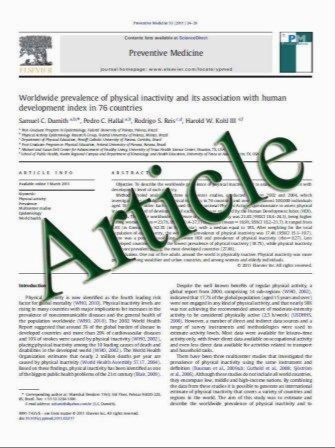Characteristics of eyes with secondary loss of visual acuity receiving variable dosing ranibizumab for neovascular age-related macular degeneration
- نوع فایل : کتاب
- زبان : انگلیسی
- مؤلف : Alessandro Mariani & Angeliki Deli & Aude Ambresin & Irmela Mantel
- چاپ و سال / کشور: 2011
Description
Purpose The aim of this work is to investigate the characteristics of eyes failing to maintain visual acuity (VA) receiving variable dosing ranibizumab for neovascular age-related macular degeneration (nAMD) after three initial loading doses. Methods A consecutive series of patients with nAMD, who, after three loading doses of intravitreal ranibizumab (0.5 mg each), were re-treated for fluid seen on optical coherence tomography. After exclusion of eyes with previous treatment, follow-up less than 12 months, or missed visits, 99 patients were included in the analysis. The influence of baseline characteristics, initial VA response, and central retinal thickness (CRT) fluctuations on the VA stability from month 3 to month 24 were analyzed using subgroups and multiple regression analyses. Results Mean follow-up duration was 21.3 months (range 12.40 months, 32 patients followed-up for .24 months). Secondary loss of VA (loss of five letters or more) after month 3 was seen in 30 patients (mean VA improvement from baseline +5.8 letters at month 3, mean loss from baseline .5.3 letters at month 12 and .9.7 at final visit up to month 24), while 69 patients maintained vision (mean gain +8.9 letters at month 3, +10.4 letters at month 12, and +12.8 letters at final visit up to month 24). Secondary loss of VA was associated with the presence of pigment epithelial detachment (PED) at baseline (p 0.01), but not with baseline fibrosis/atrophy/hemorrhage, CRT fluctuations, or initial VA response. Chart analysis revealed additional individual explanations for the secondary loss of VA, including retinal pigment epithelial tears, progressive fibrosis, and atrophy. Conclusions Tissue damage due to degeneration of PED, retinal pigment epithelial tears, progressive fibrosis, progressive atrophy, or massive hemorrhage, appears to be relevant in causing secondary loss of VA despite vascular endothelial growth factor suppression. PED at baseline may represent a risk factor.
Graefes Arch Clin Exp Ophthalmol DOI 10.1007/s00417-011-1734-5 Received: 22 March 2011 / Revised: 13 May 2011 / Accepted: 16 May 2011


